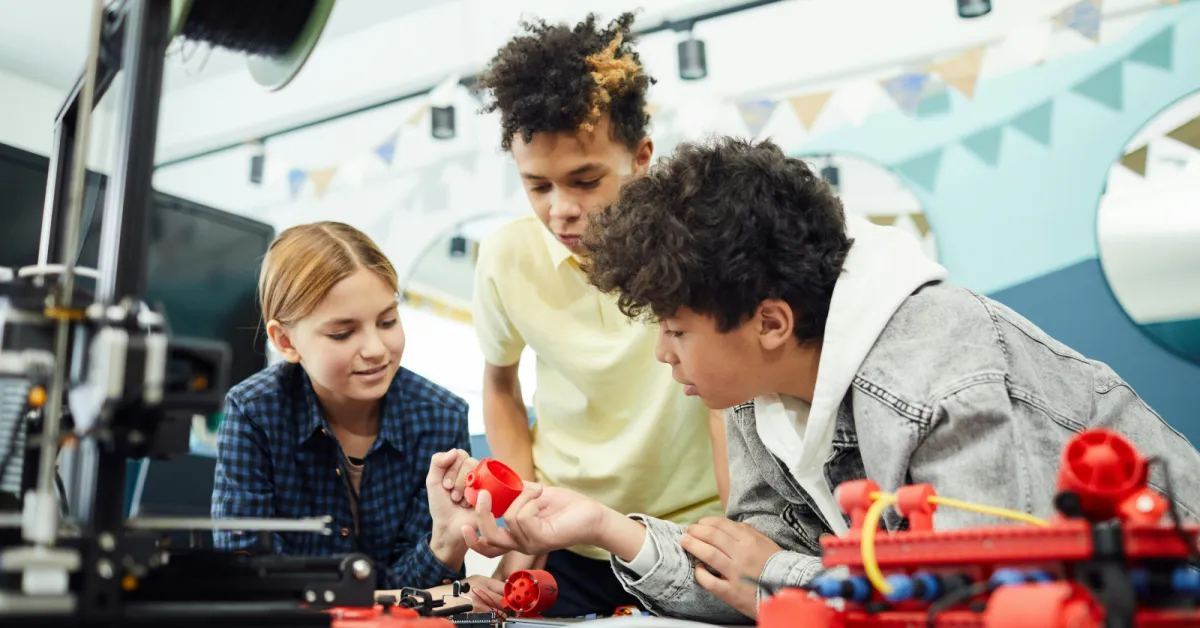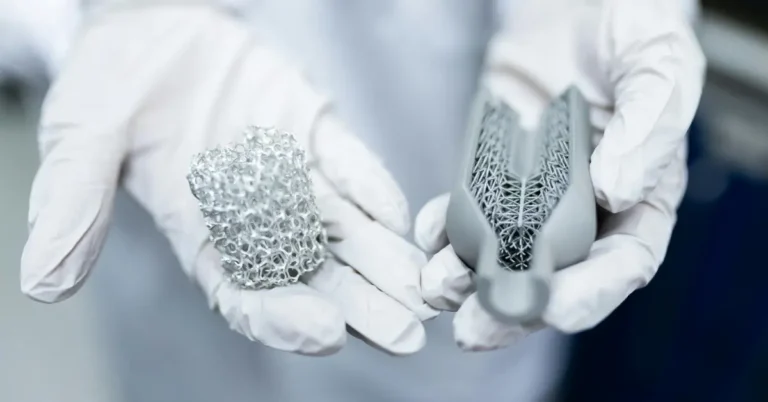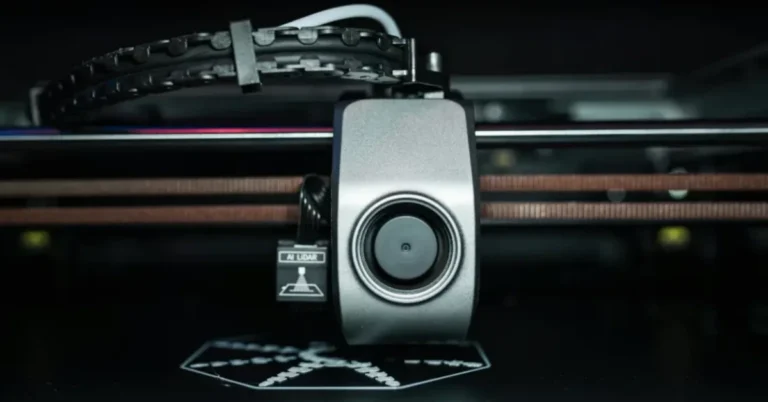3D printing has emerged as a transformative technology that not only revolutionizes manufacturing but also reshapes education. In today’s technology-driven world, STEM education—encompassing science, technology, engineering, and mathematics—is essential for preparing students to address complex real-world challenges. Integrating 3D printing into the classroom provides hands-on learning experiences, nurtures creativity and innovation, and promotes collaboration among students. In this post, we explore the multifaceted benefits of incorporating 3D printing into STEM education, examine practical classroom applications, and discuss strategies for effective implementation.
I. Introduction
In recent years, 3D printing has evolved from a niche manufacturing technique into an accessible, dynamic tool for educators. This technology creates three-dimensional objects by layering materials based on a digital design, which allows students to transform abstract ideas into tangible models. From prototyping intricate engineering designs to printing detailed anatomical models for biology lessons, 3D printing bridges the gap between theoretical knowledge and practical application.
STEM education today emphasizes critical thinking, problem-solving, and real-world application. When students engage in projects that involve designing, testing, and refining prototypes, they gain a deeper understanding of core concepts while developing vital skills. For instance, a mathematics lesson may be greatly enhanced when students can physically manipulate 3D models of geometric shapes to better visualize relationships and spatial concepts.
Moreover, the hands-on experience provided by 3D printing creates an engaging, student-centered environment. It encourages learners to experiment with their ideas, learn from mistakes, and iterate on their designs. This active participation not only reinforces learning but also nurtures a mindset of innovation and resilience. In today’s competitive job market, these skills are invaluable for future careers in STEM fields.
Ultimately, 3D printing is much more than a classroom novelty—it is a powerful educational tool that can ignite curiosity, inspire creativity, and transform how students approach learning.
II. Enhancing Learning Through 3D Printing
A. Bringing Complex Concepts to Life
One of the greatest advantages of 3D printing in STEM education is its ability to convert abstract concepts into concrete, tangible models. Traditional classroom methods often rely on two-dimensional diagrams and theoretical descriptions, which can make it difficult for students to fully grasp complex topics. With 3D printing, learners can build and examine models of molecules, anatomical structures, or architectural designs. For example, science classes can use printed models of the human heart to study its structure, while engineering classes can produce prototypes of mechanical components to test for durability and function.
Rapid prototyping is another critical benefit. Students can design a model on a computer, print a prototype, and then immediately test it. This iterative cycle of design, evaluation, and refinement mirrors real-world engineering practices and deepens students’ understanding of problem-solving processes. Such projects not only clarify abstract theories but also teach valuable lessons in trial and error.
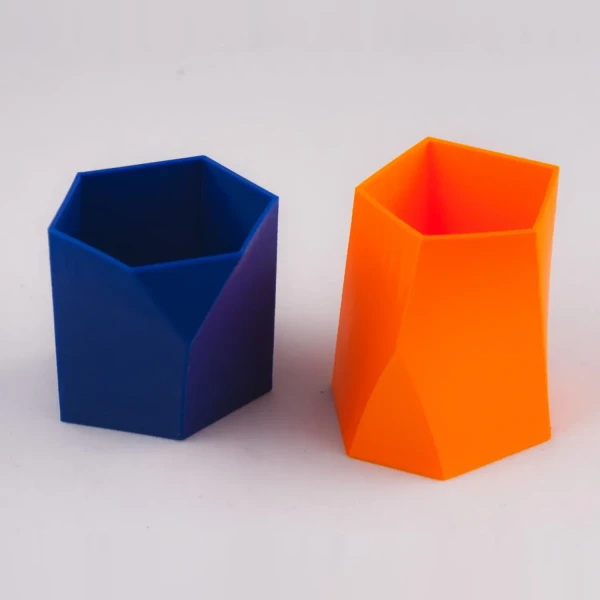
(For instance, a practical project might involve designing a geometric shape. While a product like a Pair of Scutoid Succulent Planters demonstrates these principles in a commercial setting, classroom projects give students the chance to experiment with similar design and prototyping techniques.)
B. Fostering Creativity and Innovation
3D printing is a catalyst for creative thinking. When students design and print their own objects, they are not limited by pre-made materials; instead, they have the freedom to explore their imagination and innovate. This hands-on experience encourages learners to think beyond conventional solutions and to develop novel ideas.
Students are often tasked with creating objects that solve real-world problems. They might design a prototype for a device to help with everyday challenges or create artistic sculptures that merge aesthetics with functionality. Such projects integrate multiple disciplines, as students learn to apply scientific principles, engineering techniques, and mathematical reasoning to achieve their creative visions. This interdisciplinary approach not only enhances their learning but also prepares them for the collaborative, multifaceted work environments of the future.
C. Promoting Collaboration and Teamwork
The process of designing, printing, and refining 3D models naturally fosters a collaborative learning environment. In group projects, students share ideas, divide tasks, and work together to overcome challenges. This teamwork mirrors professional practices in engineering and design, where collaboration is key to innovation.
By engaging in group projects, students improve their communication skills and learn to value diverse perspectives. For instance, when working on a 3D-printed prototype, one student might excel in design while another contributes technical expertise in modeling software. This cooperative dynamic not only leads to a better final product but also builds essential soft skills like leadership and conflict resolution.

D. Integrating 3D Printing Across STEM Subjects
The versatility of 3D printing makes it an ideal tool for enhancing learning in various STEM disciplines:
- Science: 3D printing can be used to create detailed models of complex biological structures, geological formations, or chemical molecules, making it easier for students to study and understand them.
- Technology: Students learn to use CAD (computer-aided design) software to create digital models that can be transformed into physical objects. This exposure builds technical proficiency and familiarity with design software.
- Engineering: Practical projects, such as building prototypes or testing mechanical designs, help students apply engineering principles. They can design and print models of bridges, vehicles, or other structures and then test their functionality under real-world conditions.
- Mathematics: By printing geometric shapes and models, students can better visualize mathematical concepts, such as symmetry, volume, and spatial relationships. This tactile experience enhances understanding and retention of mathematical theories.
(A subtle product integration can be seen in items like the 3D Printed Aztec Death Whistle. While primarily a decorative piece, its design process can serve as an inspiring case study for students interested in the intersection of art, history, and technology.)
III. Case Studies and Practical Applications
A. Real-World Projects in the Classroom
Across the globe, educators are successfully integrating 3D printing into their STEM curricula. In some schools, students have designed and printed functional prototypes to address local community challenges. For example, a group project might involve creating a simple water filtration device to improve access to clean water. Such projects not only teach technical skills but also instill a sense of social responsibility and innovation.
Another exciting application is in the field of robotics. Many schools now include robotics competitions where students design, print, and assemble parts for their robots. This process encourages both individual creativity and collaborative problem solving. The iterative design cycle—prototype, test, modify—mimics industry practices and provides a realistic glimpse into engineering workflows.
B. Teacher and Student Success Stories
Educators who have integrated 3D printing into their lessons report a noticeable increase in student engagement and enthusiasm. Teachers observe that students become more invested in their projects when they see their ideas come to life in three-dimensional form. In one documented case, students who previously struggled with abstract mathematical concepts demonstrated improved spatial reasoning after participating in a project that involved printing complex geometric models.
Moreover, feedback from teachers highlights how 3D printing fosters an environment where students feel empowered to experiment and learn from failure. This “fail-forward” mentality is critical in today’s rapidly changing world, where innovation often emerges from repeated iterations and continuous improvement.
C. Overcoming Implementation Challenges
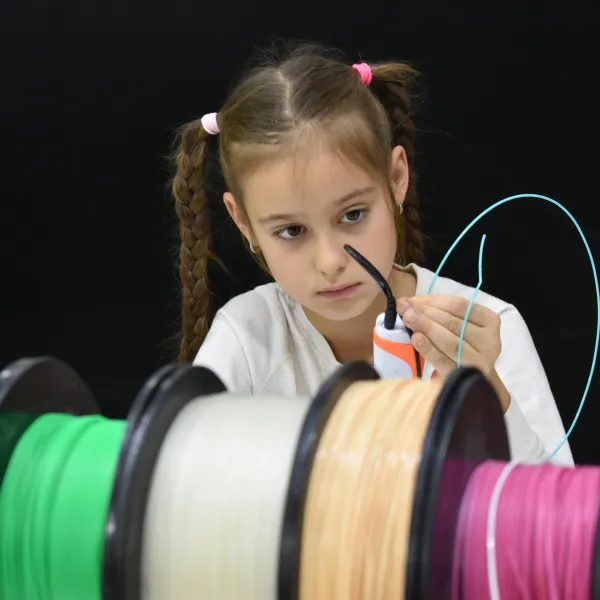
Despite its many advantages, incorporating 3D printing in classrooms does present challenges. The initial cost of printers, materials, and software can be prohibitive for some institutions. Additionally, teachers may require specialized training to effectively integrate 3D printing into their curricula. To overcome these hurdles, many schools are seeking partnerships with local businesses or applying for grants specifically aimed at promoting STEM education.
Online resources, professional development workshops, and community forums can also provide educators with the necessary support and training. In this context, platforms offering 3D printer management and design software have become invaluable, streamlining operations and ensuring that educators can focus on teaching rather than technical troubleshooting.
IV. The Future of 3D Printing in STEM Education
Looking ahead, the role of 3D printing in education is poised to expand even further. Advances in 3D printing technology, such as multi-material printing and improved software integration, will likely make the technology even more accessible and versatile. These innovations will enable educators to design increasingly complex projects that span multiple disciplines and real-world applications.
As the technology evolves, there is also potential for 3D printing to play a significant role in remote and hybrid learning environments. During periods of school closures or distance education, 3D printing projects can be adapted for at-home learning. Students can design models using online CAD tools, send files to a centralized 3D printing station, and receive their printed objects by mail. Such approaches ensure that hands-on learning is not limited by physical classroom constraints.
Furthermore, as industries continue to adopt additive manufacturing techniques, the skills students develop through 3D printing projects will become increasingly relevant in the job market. By exposing students to the design, prototyping, and manufacturing processes early on, educators are preparing them for careers in fields ranging from aerospace engineering to biomedical research.
V. Conclusion
Integrating 3D printing into STEM education offers transformative benefits that extend far beyond the classroom. By converting abstract concepts into tangible objects, fostering creativity, and promoting collaboration, 3D printing empowers students to engage deeply with STEM subjects. This hands-on approach not only reinforces learning but also cultivates essential skills such as problem solving, critical thinking, and teamwork.
The long-term impact of incorporating 3D printing into education is profound. As students gain practical experience with cutting-edge technology, they become better equipped to meet the demands of an increasingly complex and innovative workforce. While challenges such as cost and teacher training exist, the potential rewards—increased engagement, improved understanding, and enhanced creative thinking—far outweigh these obstacles.
Looking toward the future, 3D printing will likely play an even larger role in education. With continued advancements in technology and increased accessibility, the opportunities for enriching STEM learning are limitless. By embracing 3D printing, educators can inspire the next generation of innovators, preparing them to solve the world’s most pressing problems and drive progress across industries.
